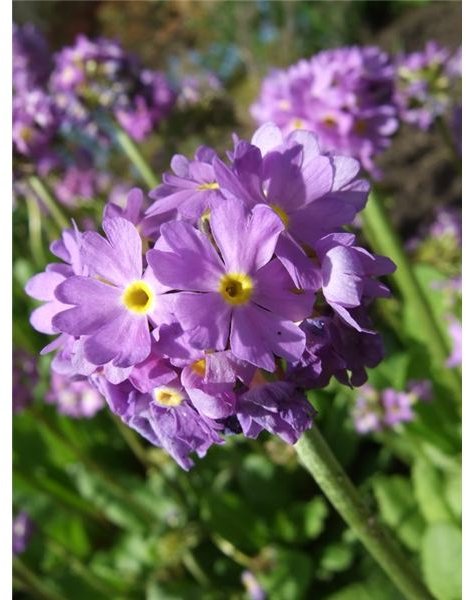How to Make Plastic Swimming Pool Gardens
Upcycling
Children’s pools, also known as kiddie pools, are usually 36 inches in-depth or less, and have a generally sturdy structure for use by small children. However, over time these pools may develop holes in the bottom or side. This is sometimes due to bigger children bending the sides down, or even by mistakenly situating the pool over a sharp object such as a rock. Most people throw these old pools out, but they can also be upcycled to create a garden planter.
Upcycling is the process of taking an old, worn out item and repurposing it in order to create another use, rather than throwing it away. Leaky pools are perfect for upcycling. In this case, the pool is no longer usable for its original purpose and is turned into a swimming pool garden. Upcycling the plastic pool negates the need to dispose of it in a landfill or send it for recycling.
Prepare the Pool
Before setting up the plastic pool and filling your garden planter with soil and compost, you will have to prepare the pool for such a use. This is done in one of two ways. If you live in a hot climate, or will be placing the planter in an area that receives sun all day, you may wish to cut part of the bottom out of the pool so as not to have to worry about the soil within the planter heating up too much. Excessive heat may cause damage to the plant roots.
Turn the pool upside-down and place it on the ground or a flat surface in a workshed. While wearing work gloves to prevent cuts, use a utility knife to cut a circle out of the bottom of the pool. You will want to leave five inches of pool around the bottom to keep it sturdy enough to hold up for the project. Do not worry about cutting a perfect circle. It will not be noticeable.
If you are not worried about the soil within the pool getting too hot, cutting the bottom out off the pool will not be necessary. You will have to drill holes instead, unless there are already plenty for drainage purposes. Use a drill and put holes here and there in the bottom of the pool. Drill more holes in the side of the pool, three inches up from the bottom, spacing them every 5 inches around the pool.
Seeds and Soil
Obtain the seeds or seedlings that you want to plant, considering the use of organic heirloom varieties. Flowers, herbs and produce are all options, though they will not likely be the varieties you are used to. Heirloom seeds are old varieties that were used during our great-grandparents time and before. Many of our grandparents used them as well. They are not hybrid varieties, and produce seeds that can be saved for the next years’ harvest. The produce will be healthier than if you were using hybrid seeds, and have a superior taste.
Purchase organic soil, and compost if you do not make your own. Compost is organic materials that are mixed together to create soil. Table scraps, old leaves and straw are a few of the many ingredients that are used to make compost.
Location
Determine where the planter will be created, taking into consideration the needs of the plants you will grow. Provide them with the right amount of sunlight or shade. If you have cut the bottom out of the pool, take the time to loosen the soil where you will create the planter. Dig a foot into the soil and loosen it with a spade, mixing two inches of compost into the existing soil. Place the pool over this.
Planting the Garden
Fill the pool with a mixture of half soil and half compost, to about one inch from the top of the pool. Mix these two components together well, and level out the top of the soil.
Plant seeds according to the packet directions, usually by creating holes for each seed that measure ¼ to ½ inch deep, placing the seeds within and covering with soil. When using seedlings, be sure to cover the entire root system with soil. Tomato seedlings should be covered with soil all the way up to the bottom shoots.
Upkeep
Water the seeds or plants, and you are done creating your garden planter. Water as needed, so the soil does not dry out too much, and check on the growth of the plants often. Begin harvesting any food grown in your plastic swimming pool garden as each type is ready.
References
- Heirloom Seeds, HeirloomSeeds.com
- Image by kfjmiller on morguefile.com
